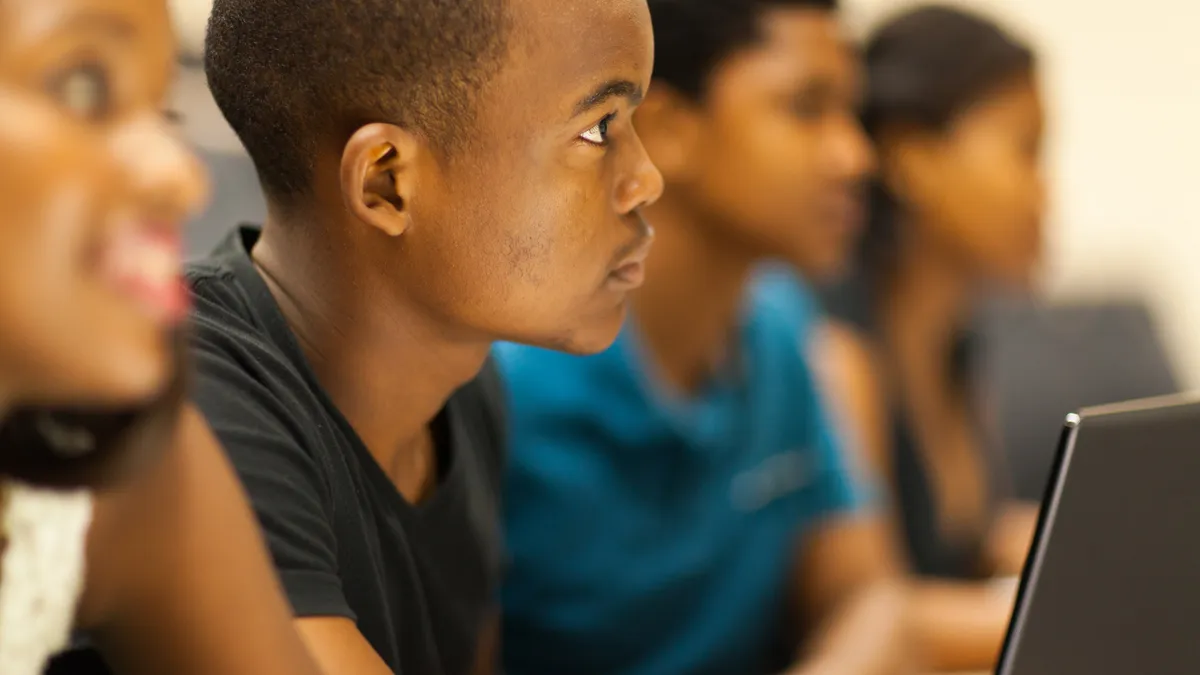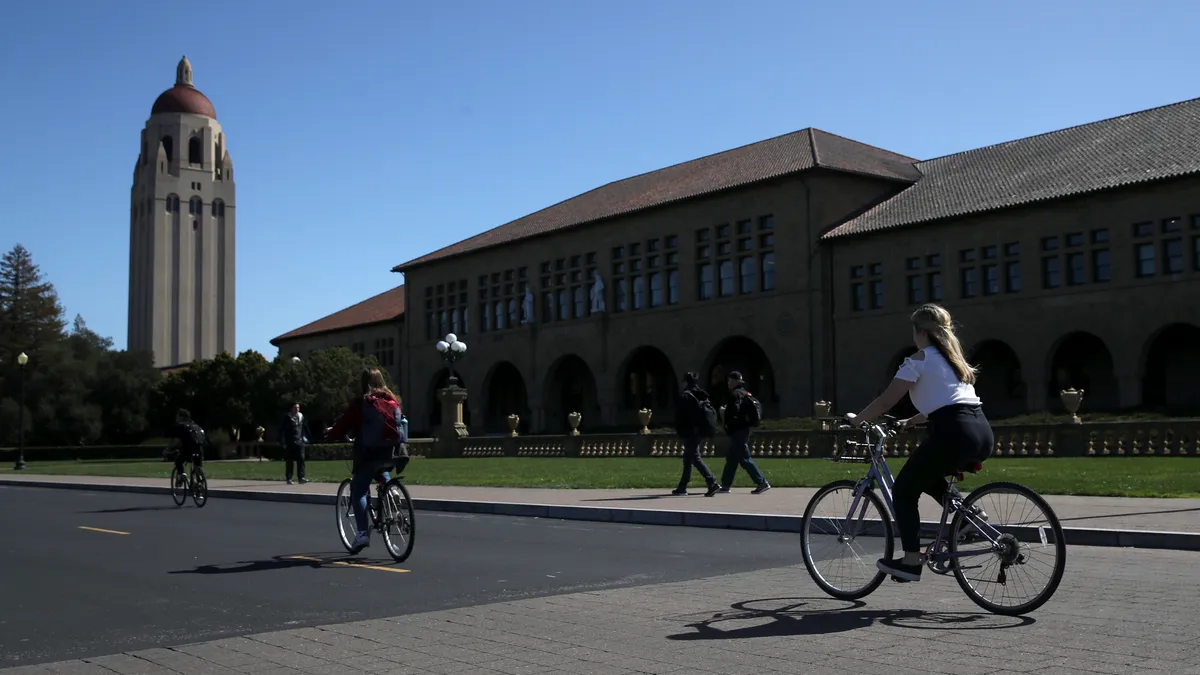Flipped classrooms are catching on. The idea of assigning as homework what usually takes place in class (e.g., the lecture) and working in class on what has generally been homework (e.g., the problems) is spreading. A survey late last year found that half of university faculty members either have deployed or plan to implement in the next year the flipped classroom model.
Science, technology, engineering, and mathematics classes are often considered prime candidates for the flipped model. Here's a look at six colleges that have flipped STEM classes, the subject they flipped, and what their experience has been.
1. University of California, Santa Barbara - Physics:
Roger Freedman, a physics professor, asks his students to watch a video lecture the night before class and to answer a few questions based on that and some assigned reading. Freedman then gives students points for submitting a question about something from that lecture or reading, and chooses some of the most common questions to answer in class. Freedman says students are engaged in class because they're hearing the things they want to know.
2. Clemson University - Health Sciences:
Ralph Welsh, a professor in Clemson University's College of Health, Education and Human Development, says he flipped his classroom because he realized the current generation of students has a different way of studying and thinking than those in the past. Welsh kept his flipping strategy simple at first, and phased it in across several semesters. The first phase involved recording classroom lectures and providing 24/7 access to them, while the second involved recording those lectures in advance and requiring students to study the material ahead of time for in-class discussions. In phase three, the video lectures became shorter and more targeted, fostering more engaging in-class discussions, and the fourth phase continues to evolve his approach based on student feedback. He says one result is higher-level discussion in class.
3. Grand Rapids Community College - Nursing:
At this school, a pioneer in flipped learning, Associate Prof. Marie Burns likes that students come to class already knowing the material, allowing her to spend class time applying concepts to real-life situations such as interview skills and cover letters. She hasn't seen any drop-off in learning — in fact, she says she's "amazed" by what students know when they come to class.
4. Boston University - Engineering:
Assistant Prof. Lorena Barba uses class time not for a lecture, but for a series of engineering "dates" where students meet up at each workstation, compare notes, and select who has the most impressive solution to a problem. The winning solution becomes the topic of a class discussion. The collaborative, problem-solving approach is possible in class because the students have already watched a video lecture at home. Barba says students are performing much better on their final presentations, since they've had plenty of time in class to work out the kinks.
5. Harvard University - Physics:
Eric Mazur, a professor of physics and applied physics, was disappointed when he tried to assess whether his students grasped the basic concepts he had taught them. Mostly, he saw that they didn't. His breakthrough moment came when he had his class discuss the questions among themselves, and saw that that's what led the students to the right answer — not his lecture. This form of active learning fits with the flipped classroom model because class time is not consumed by the lecture.
6. University of Michigan at Ann Arbor - Mathematics
Karen Rhea, a lecturer and director of the introductory mathematics program, says the school flipped its calculus classes years ago. Part of the model there is training for faculty members: They first complete a week-long class and then participate in weekly meetings and receive regular classroom visits from mentors. In class, students present their answers to the rest of the class on the board or work in groups. Rhea says testing indicates students are getting a better understanding of how to not just run the numbers, but grasp the underlying concepts as well.
Would you like to see more education news like this in your inbox on a daily basis? Subscribe to our Education Dive email newsletter! You may also want to read Education Dive's look at 5 issues that threaten academic freedom.













